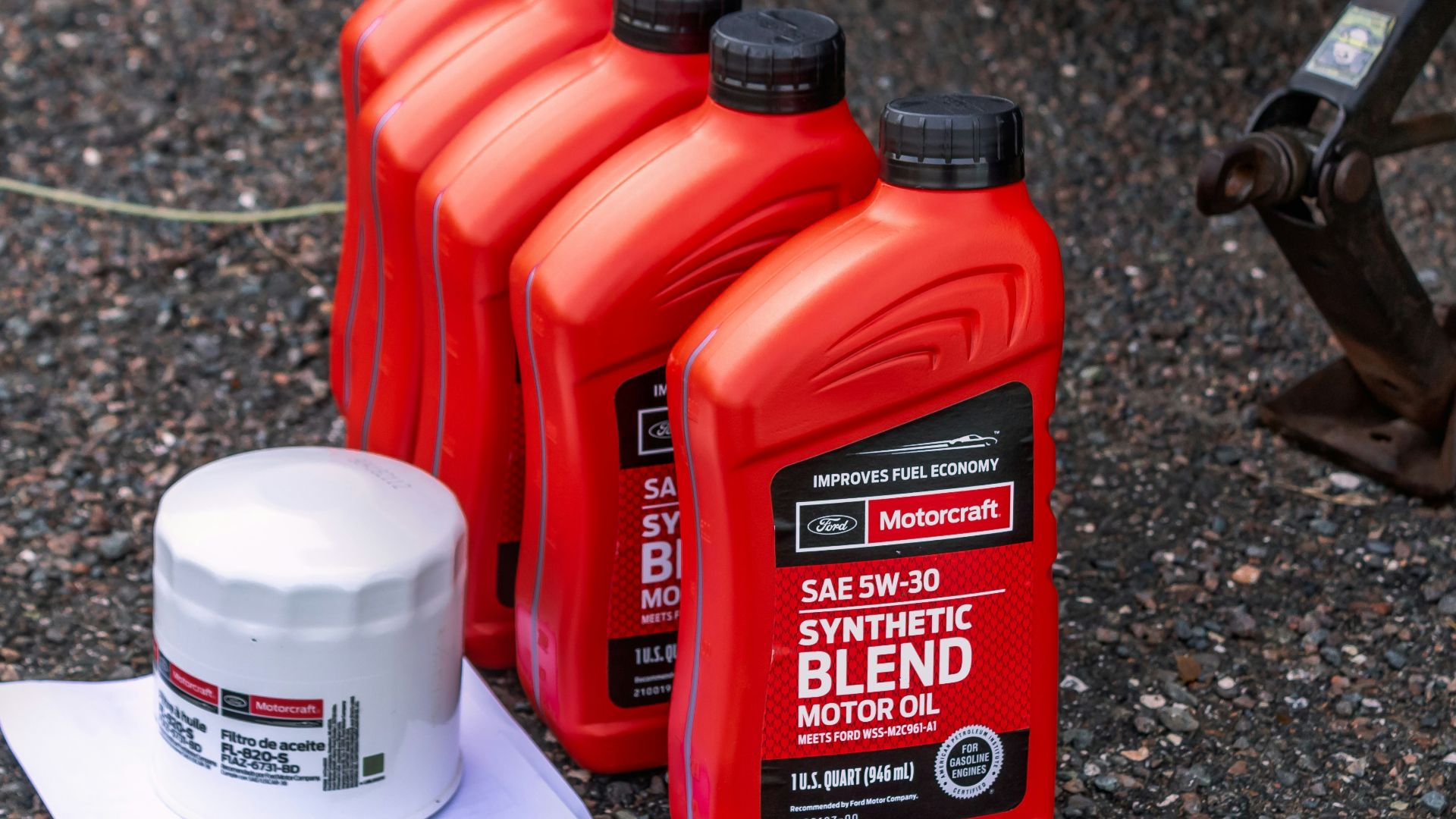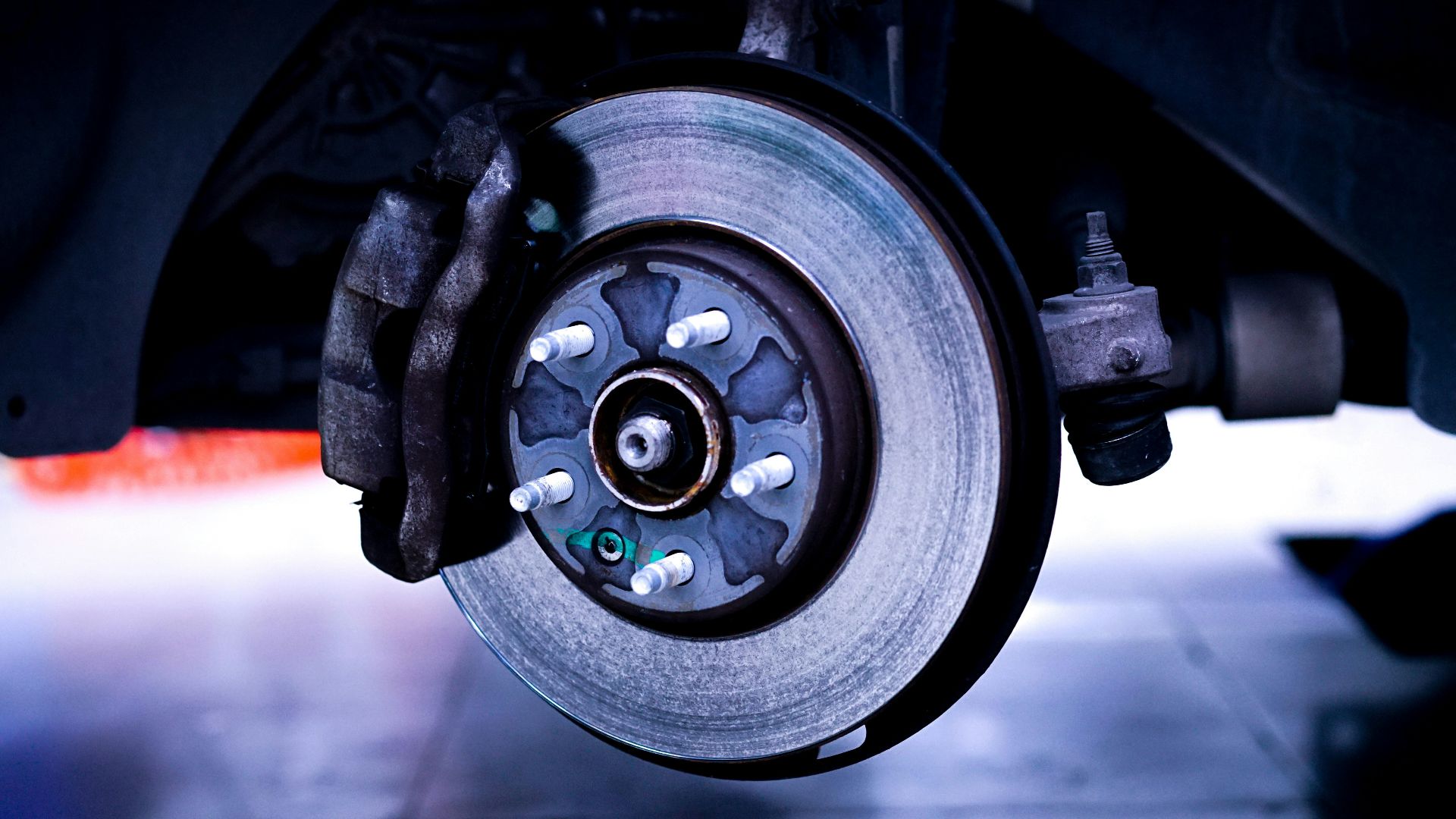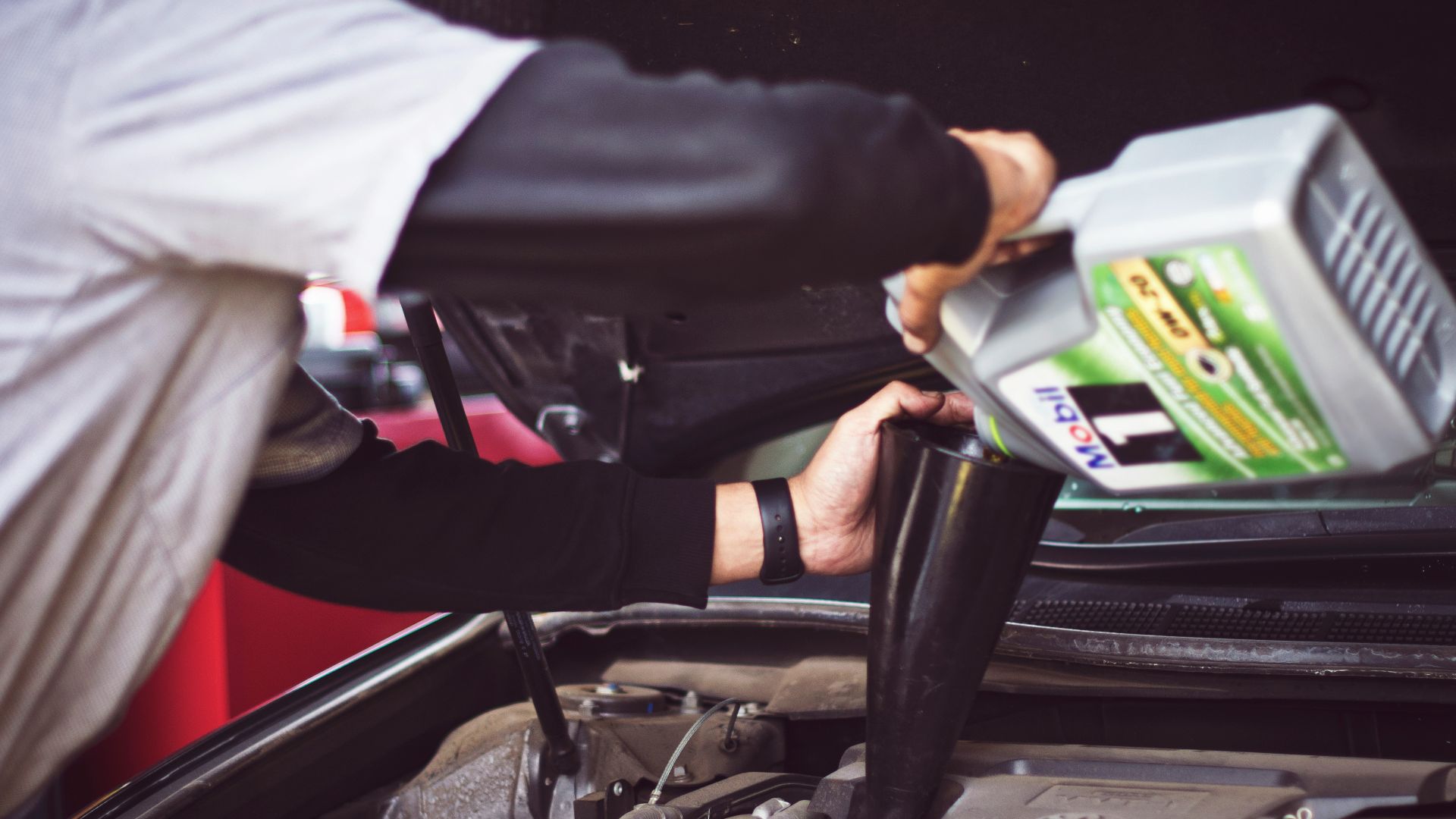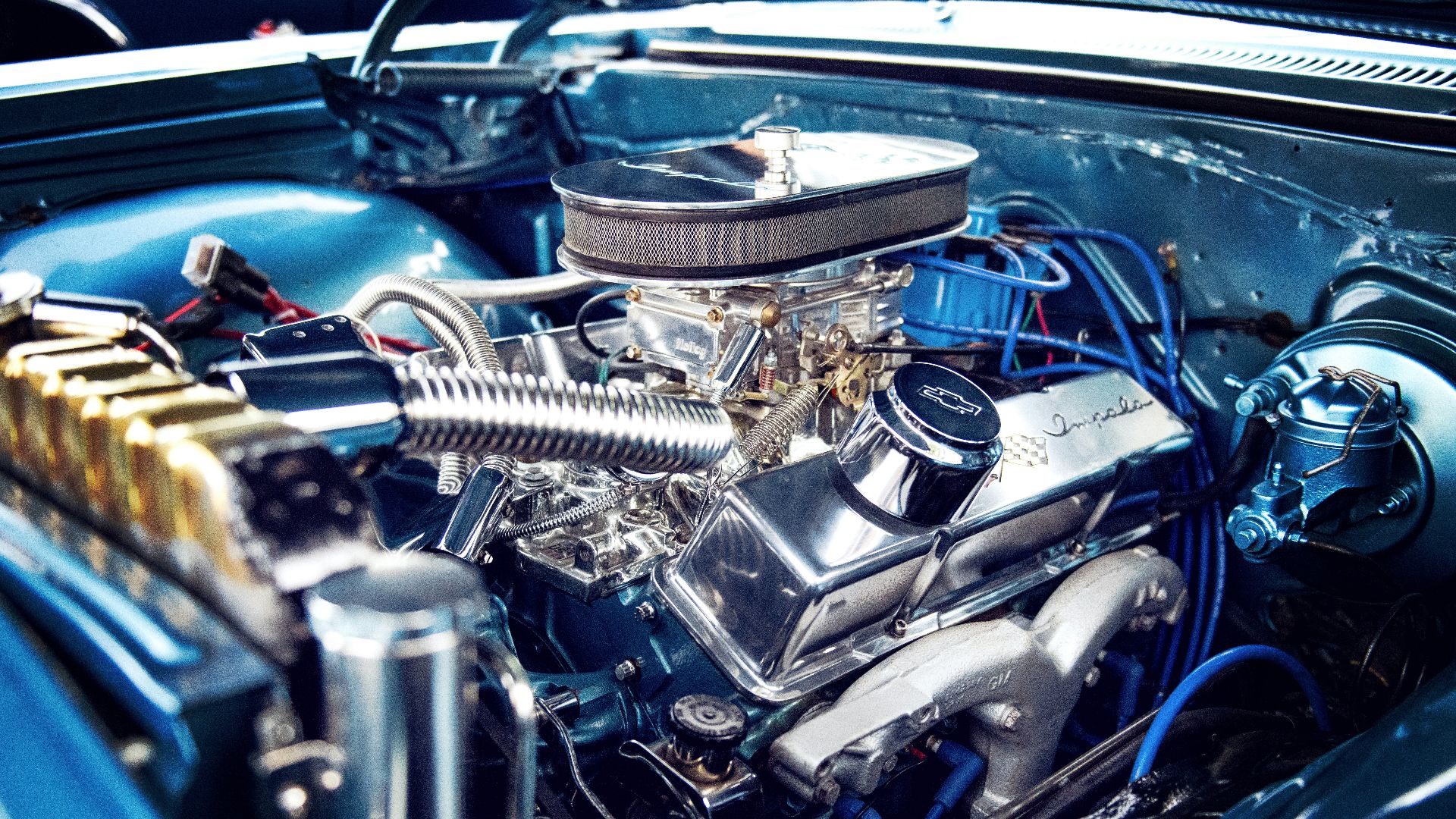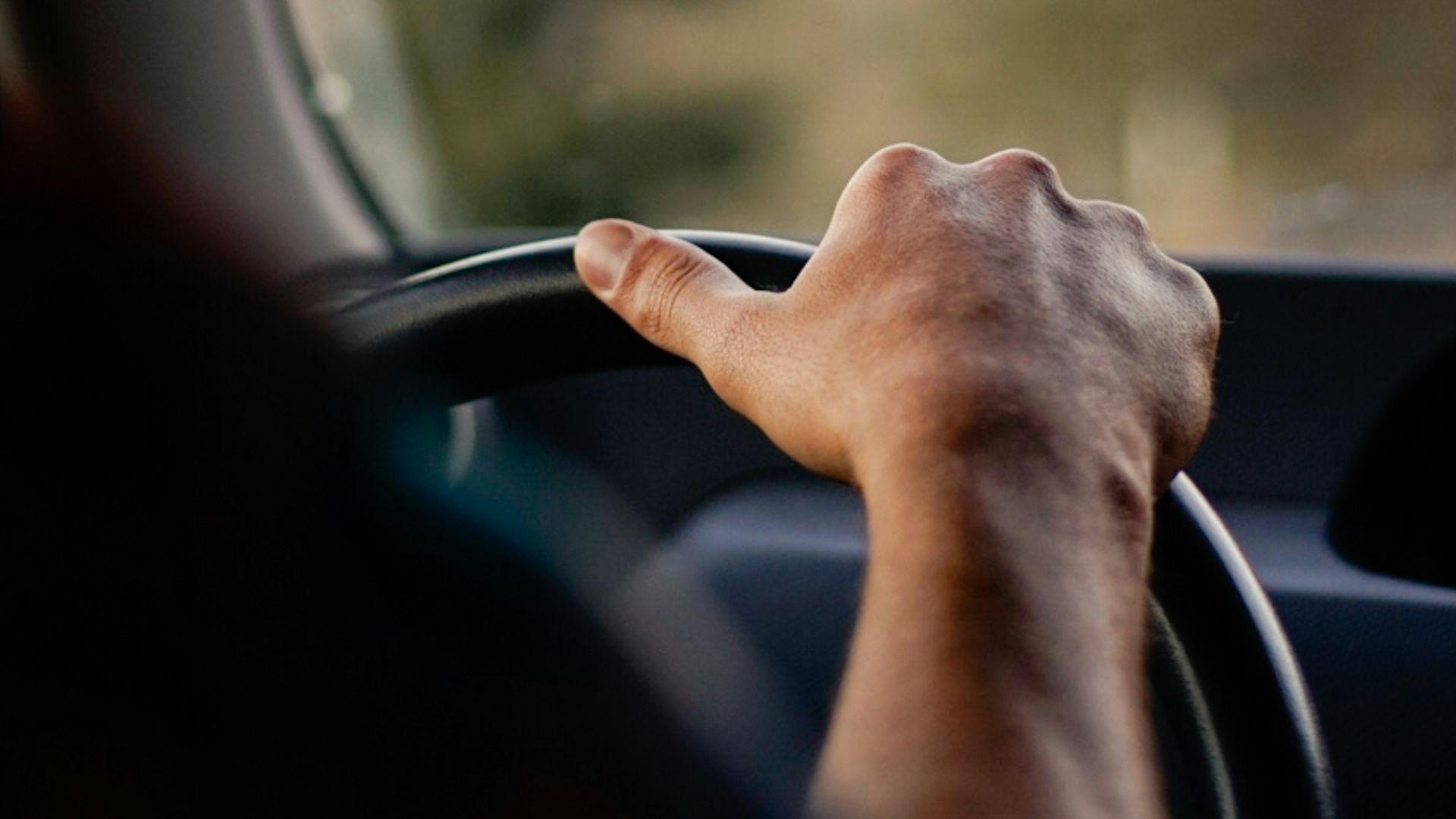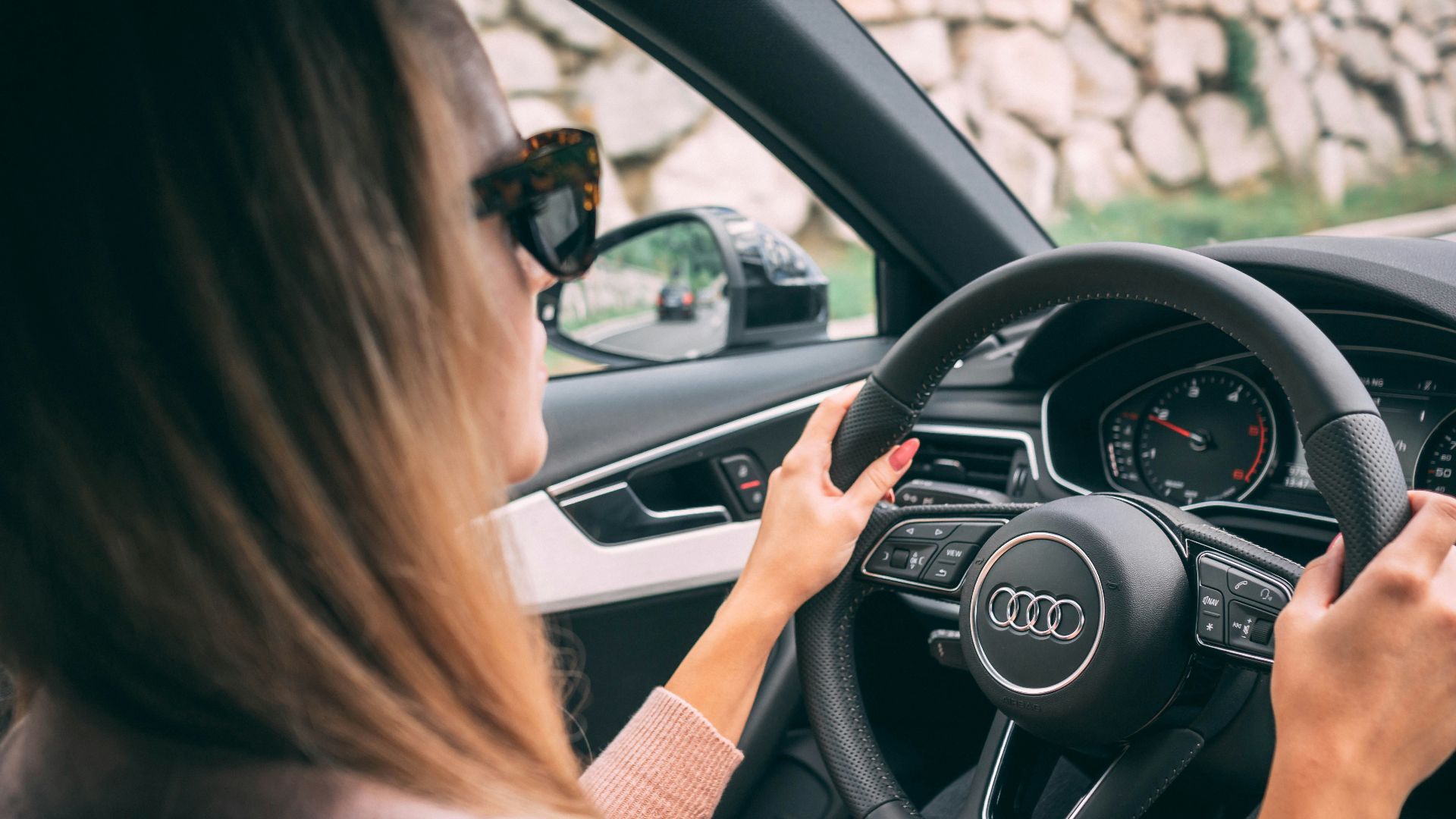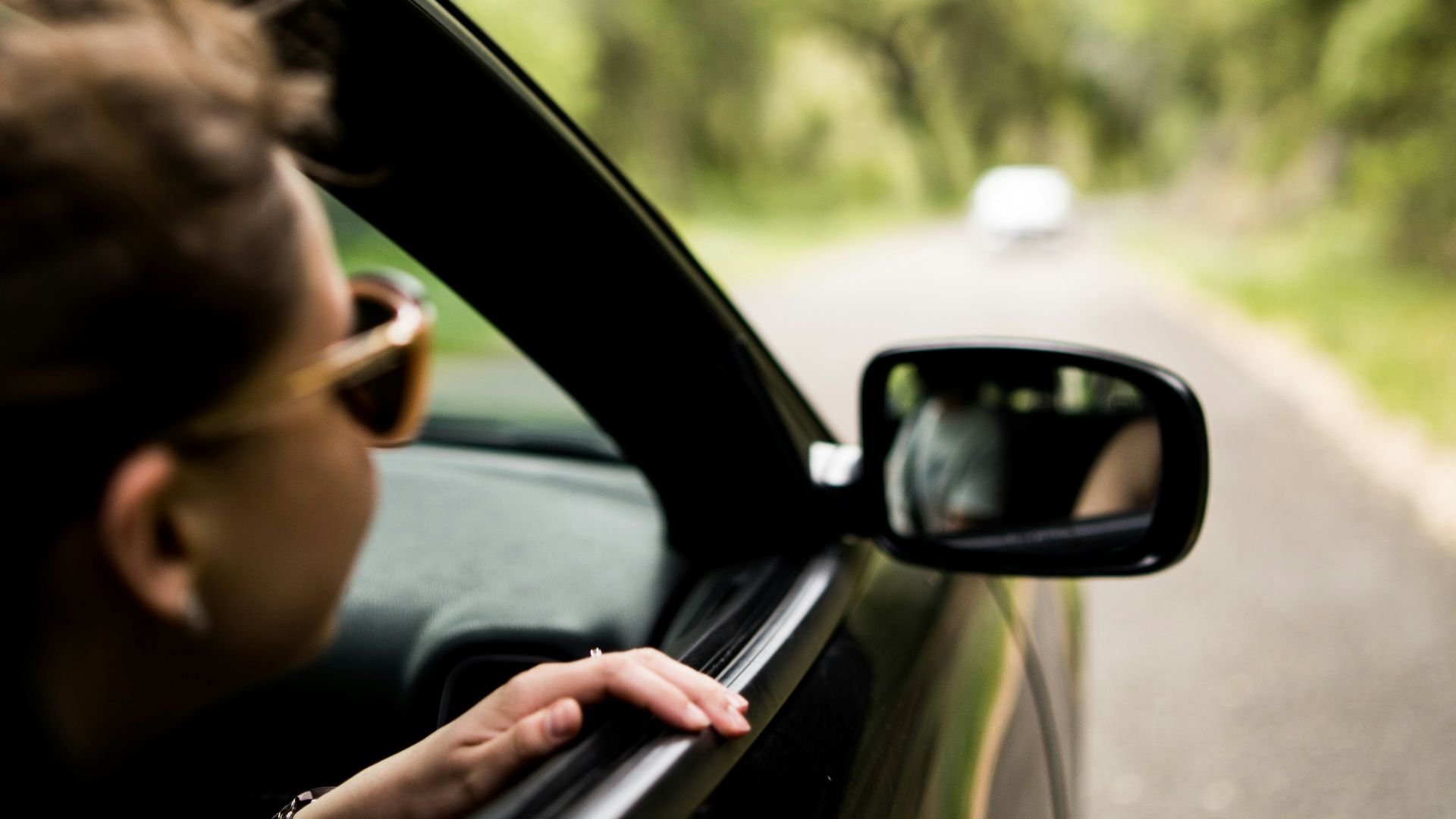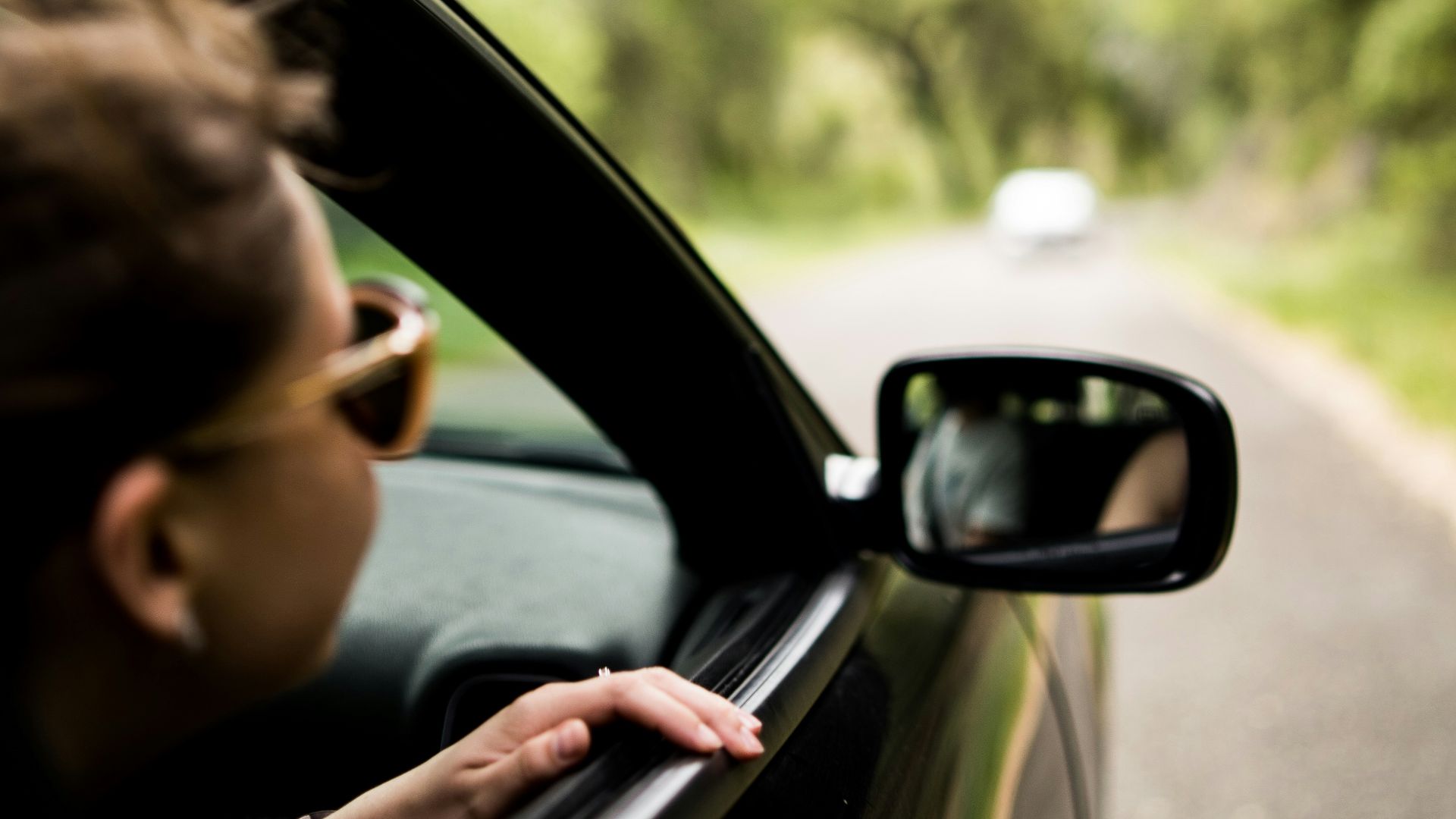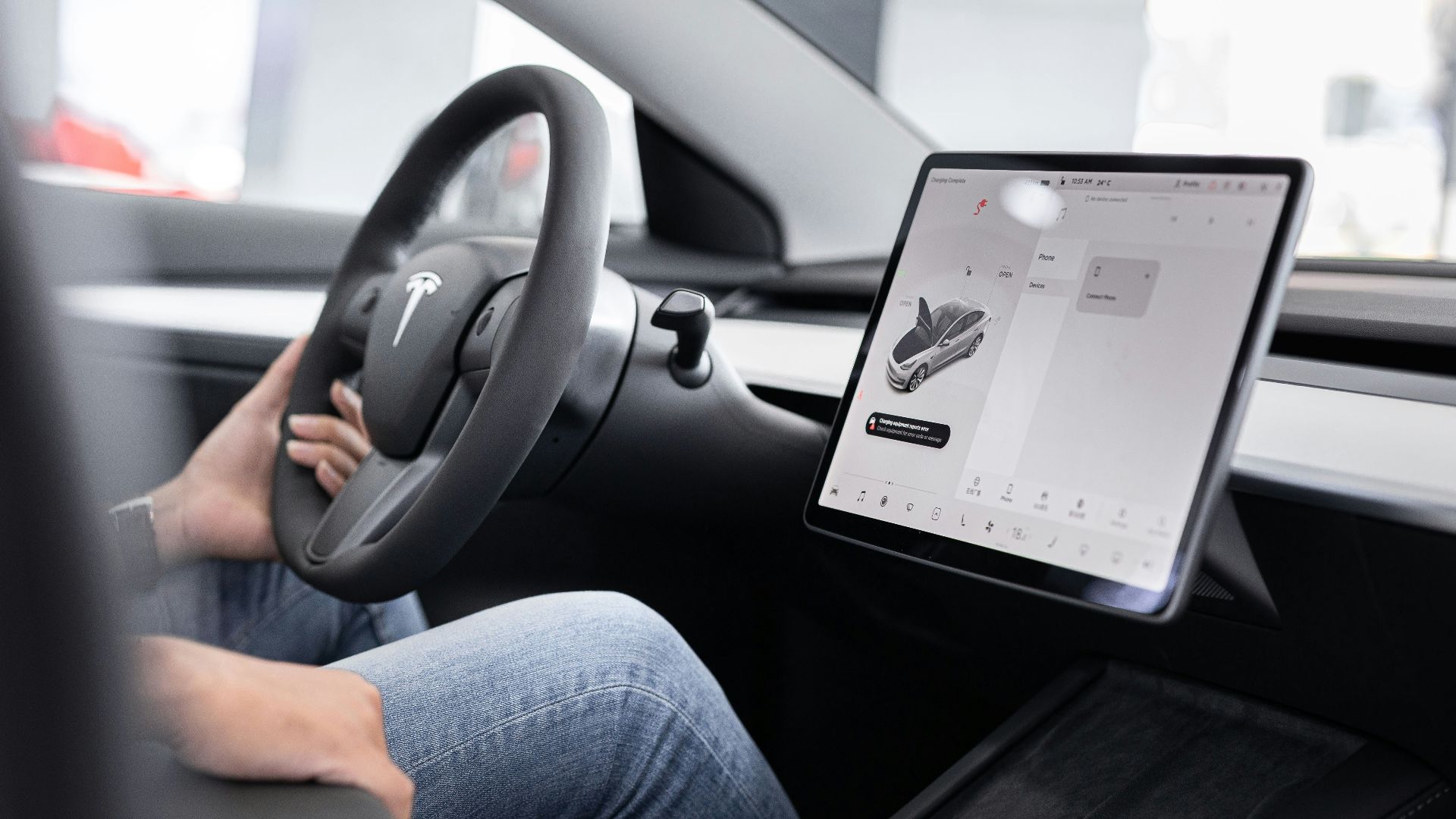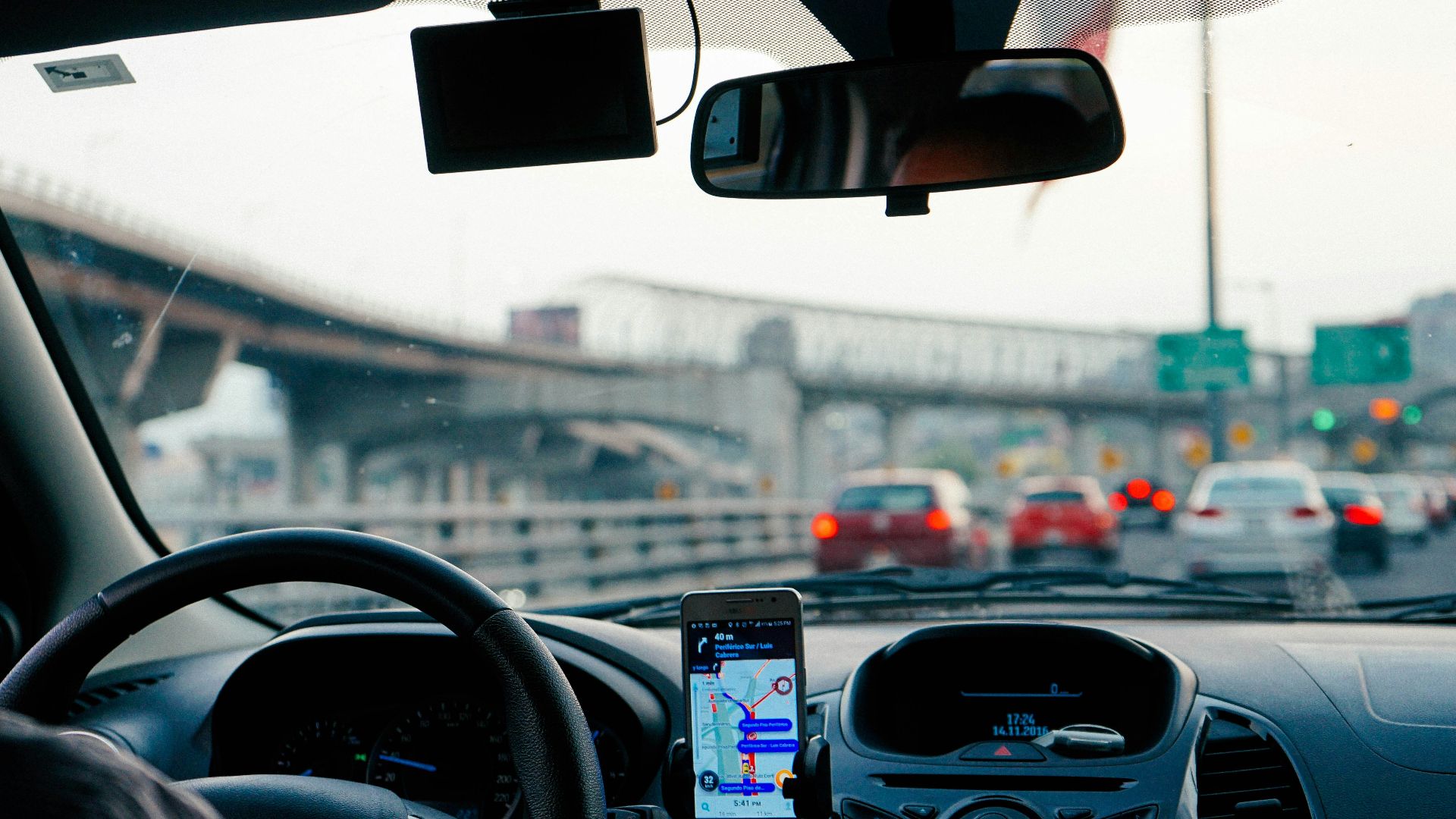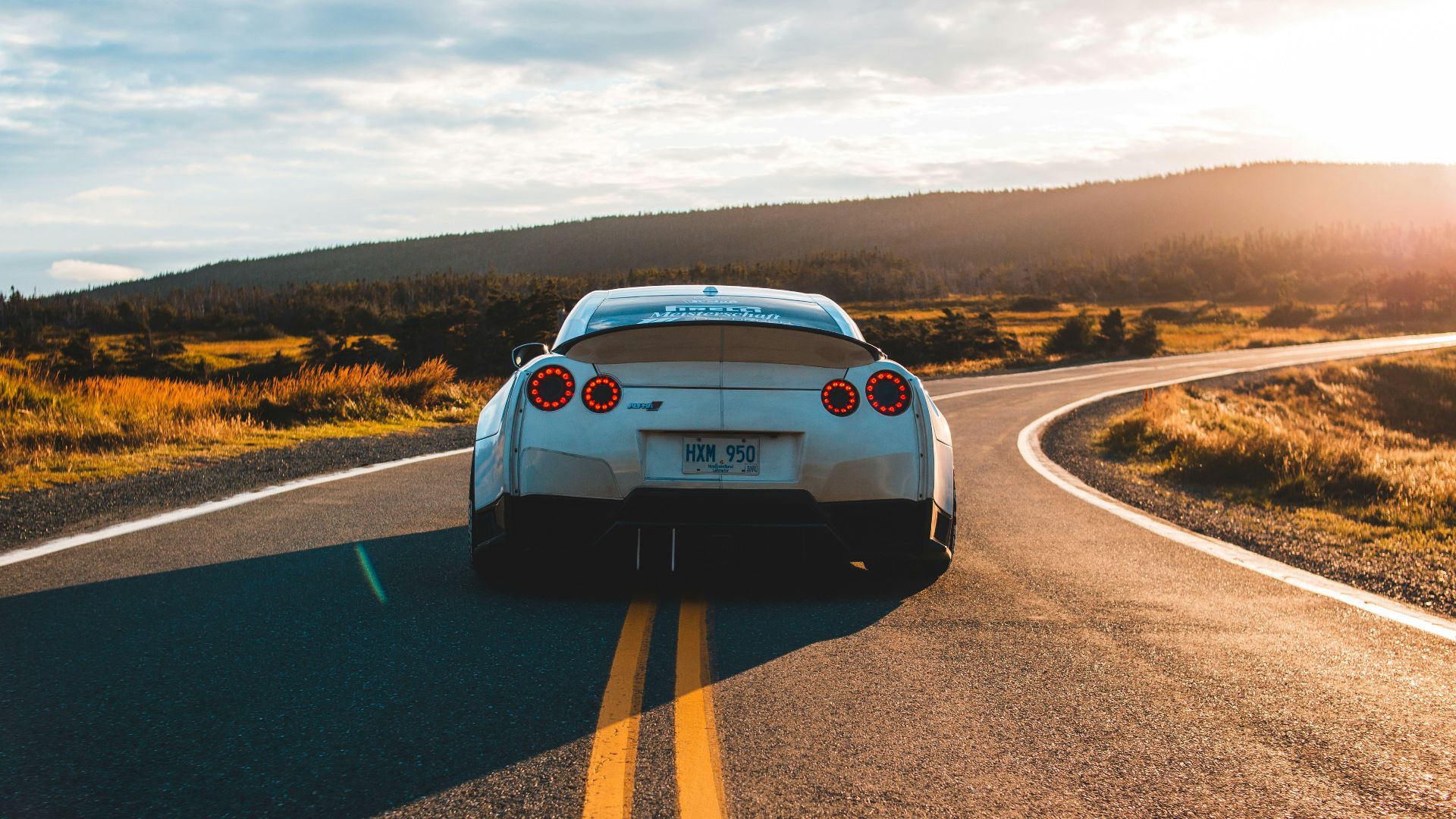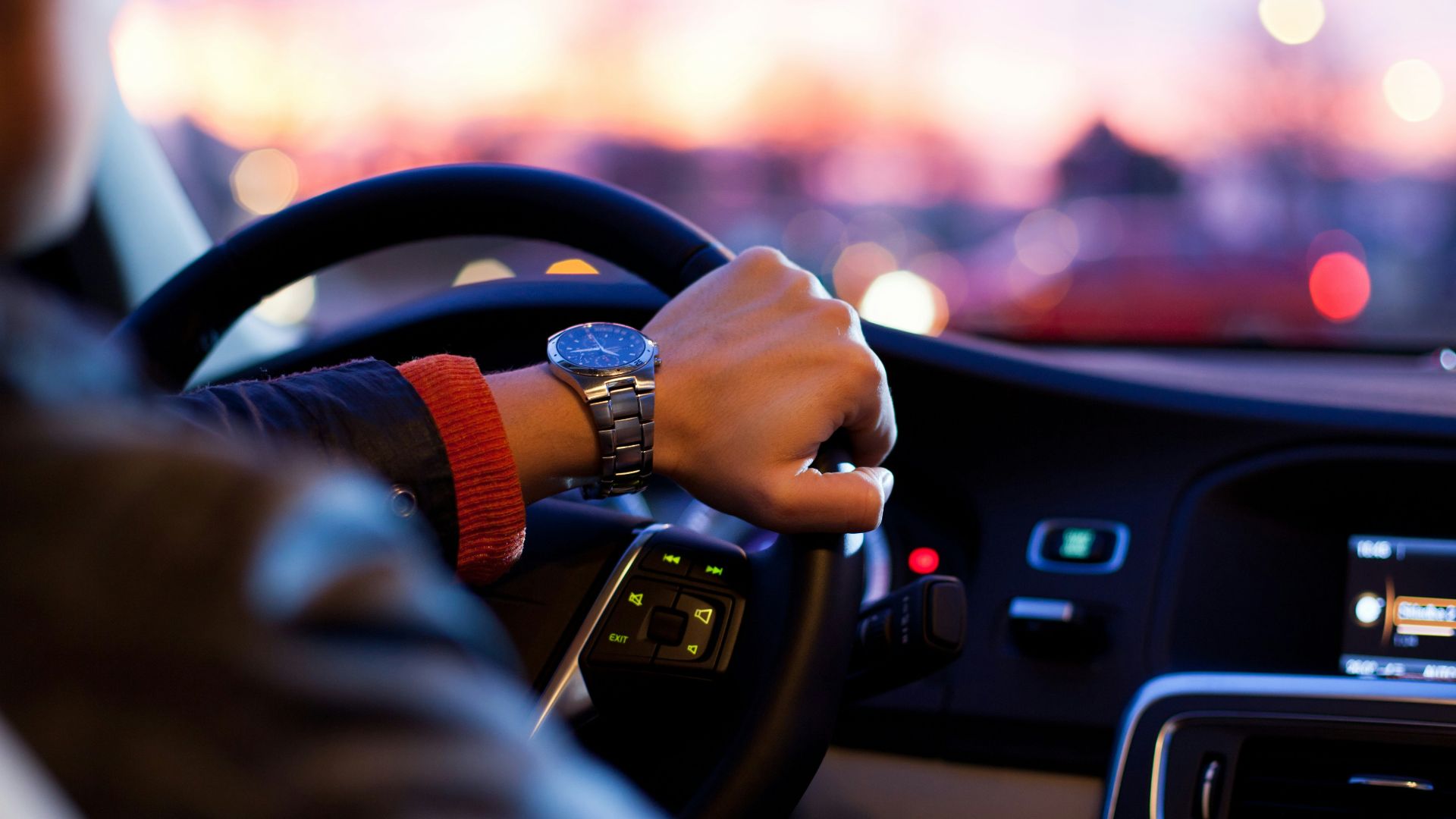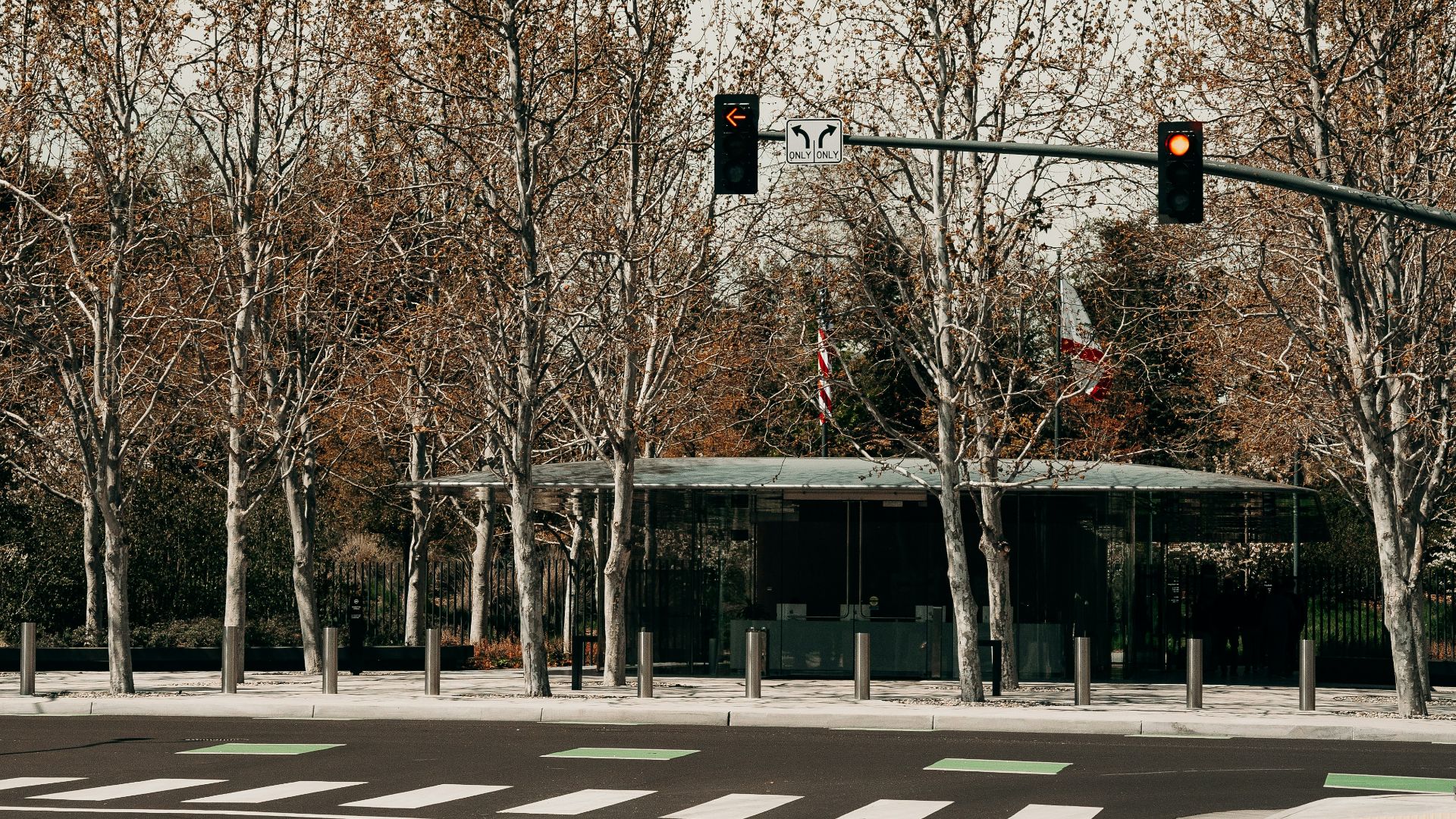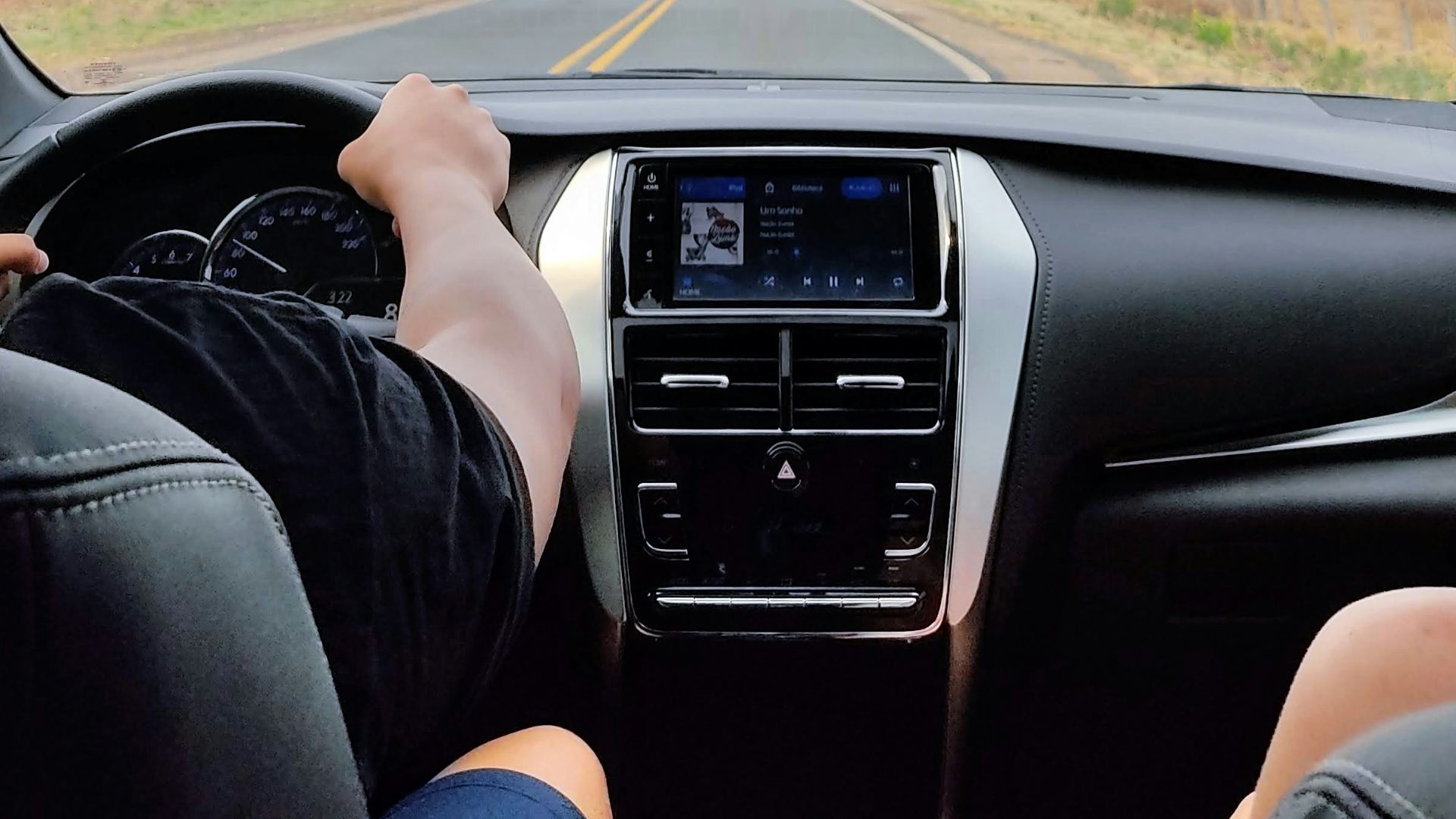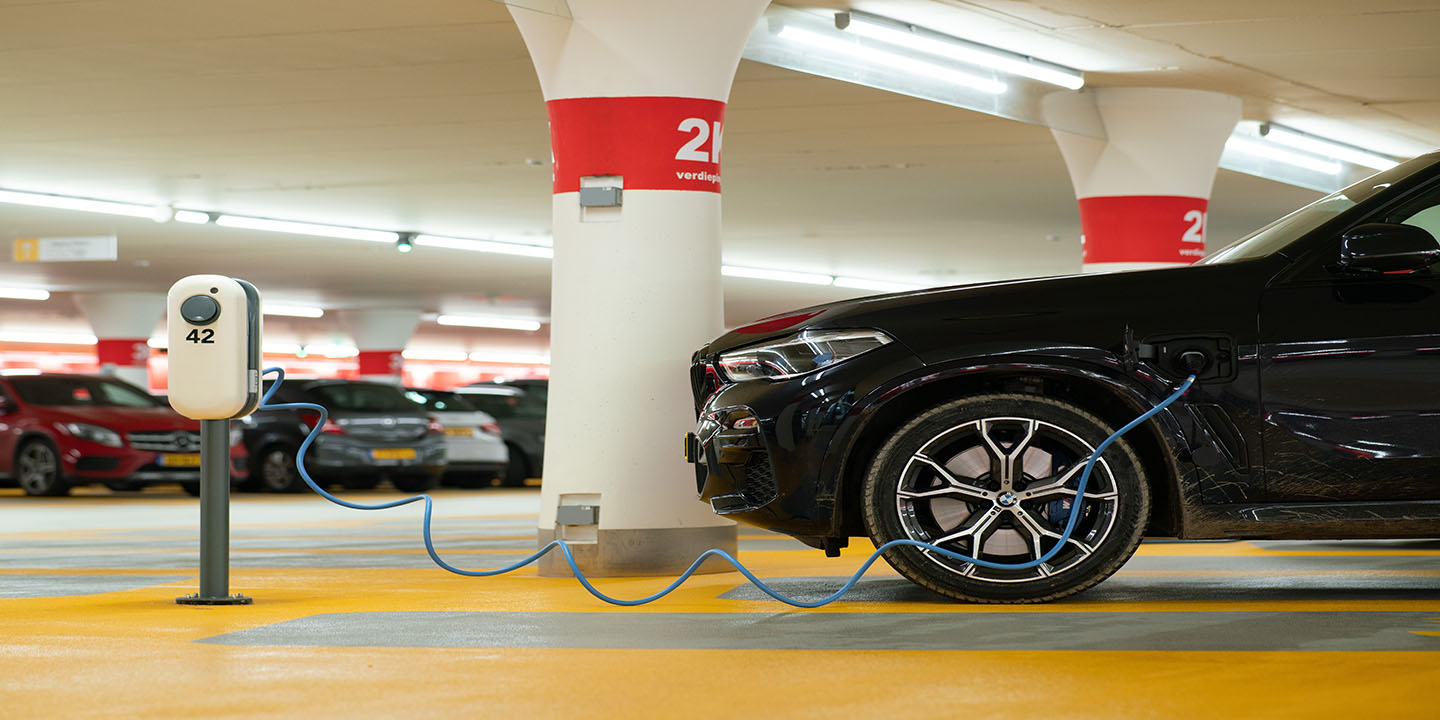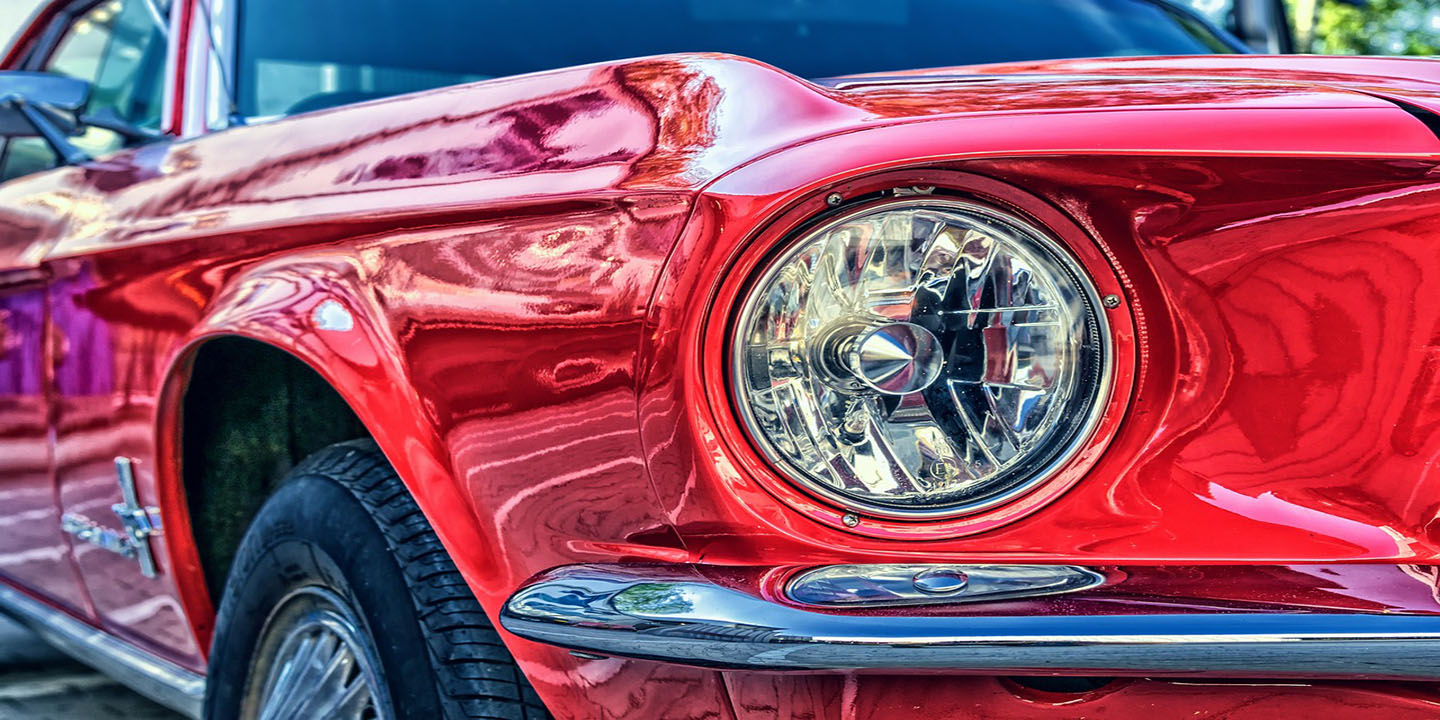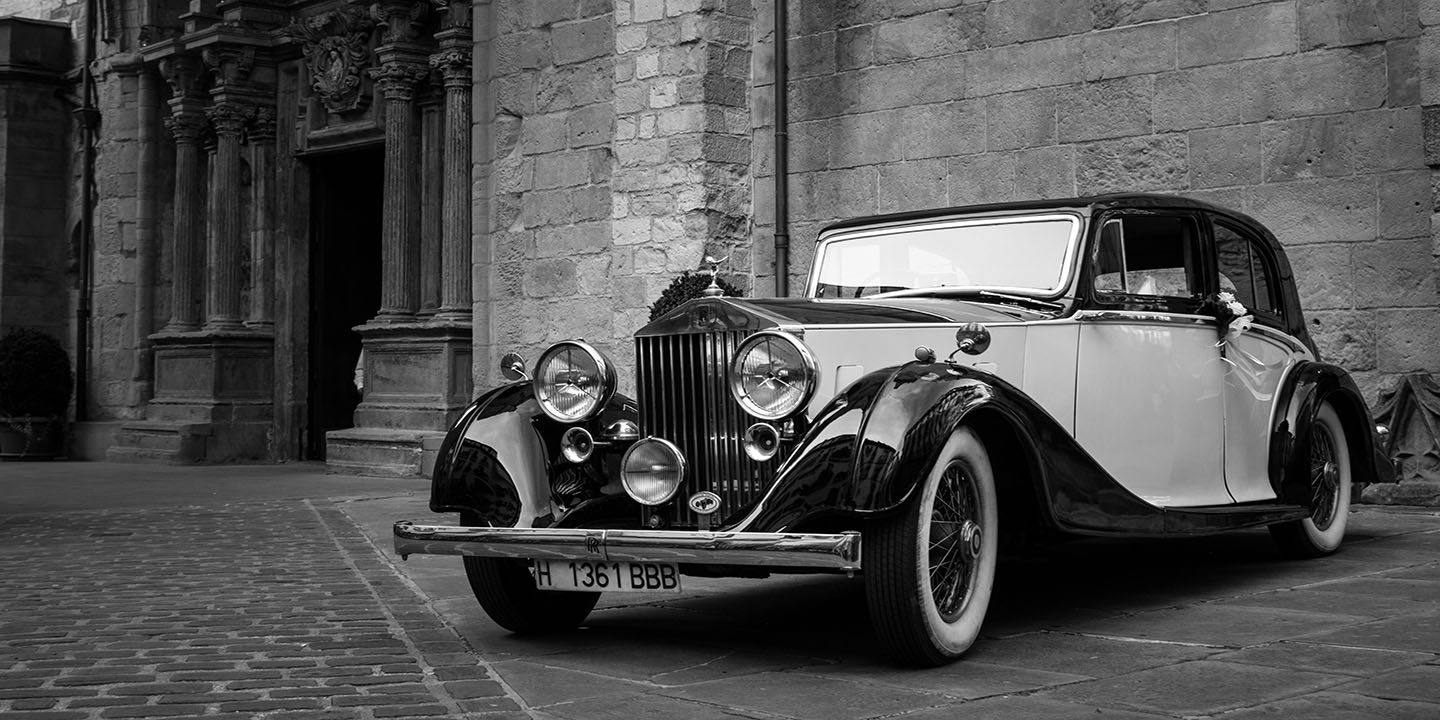The Best Drivers Already Know All This
Driving is more than a skill that can be learned to pass a test. Experienced drivers have acquired lessons from making countless mistakes, from simple bad habits to life-saving reflexes lessons new drivers are usually blissfully unaware even exist. So, with that in mind, here are 10 things veteran drivers should know, and 10 new drivers can’t learn fast enough.
1. Battery Cable Care
Any veteran driver will tell you that the most common false accusation is a finished battery, when the most common cause is actually cable corrosion. A small buildup of corrosion at the connection of the cables can easily interrupt the flow of power. In fact, some drivers use soda to eat away the corrosion and reconnect power. Maintaining the cables can prevent a lot of unnecessary service calls.
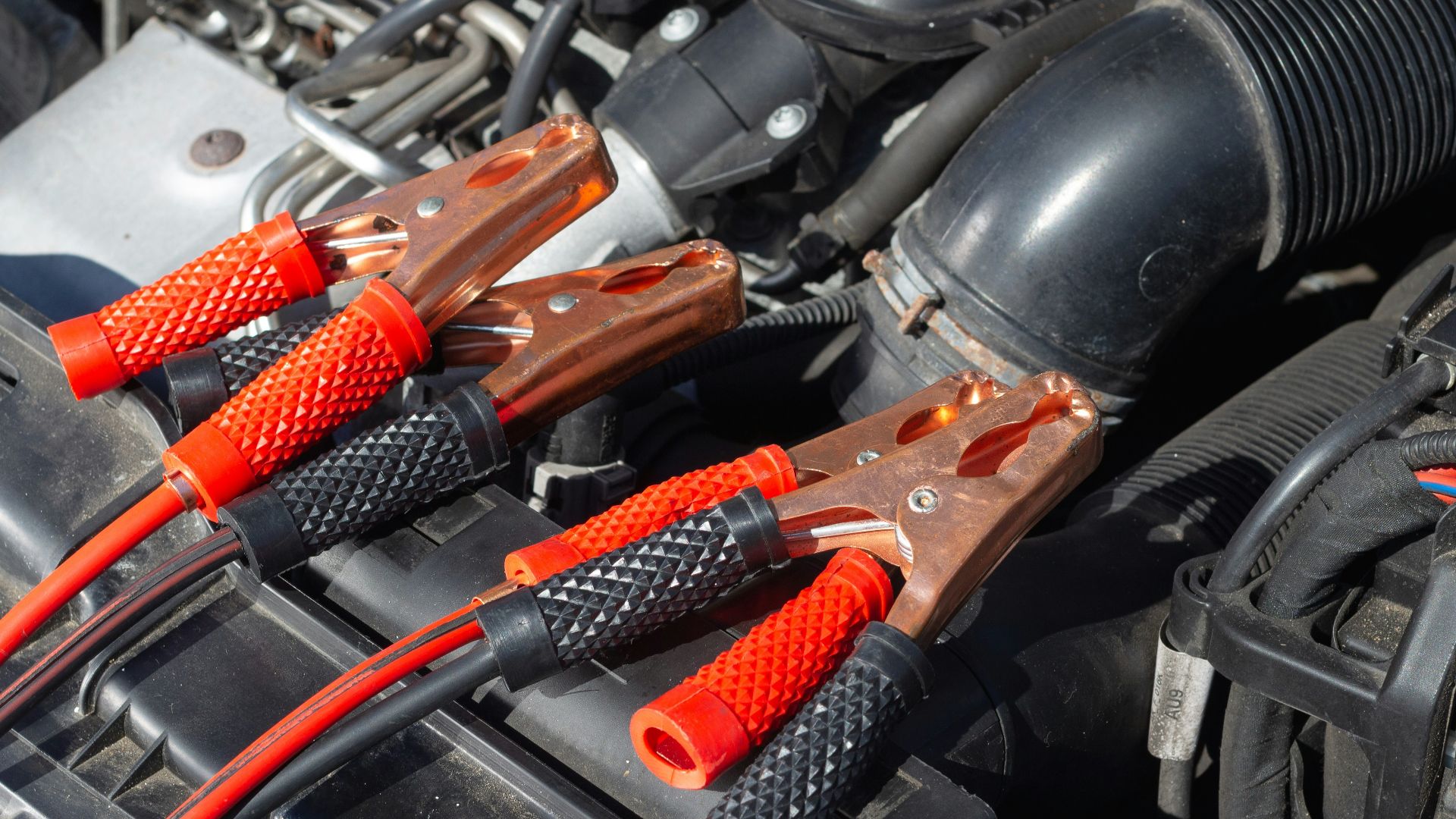 Daniel @ bestjumpstarterreview.com on Unsplash
Daniel @ bestjumpstarterreview.com on Unsplash
2. Oil Change Myths
You don't have to change your oil every 3,000 miles like some mechanics say. Engines can typically go 7,500 to 10,000 miles before needing a complete oil change. It is more important to keep the oil level topped off than it is to worry about its cleanliness. Experienced drivers know that changing it frequently does no harm, but it is not necessary.
3. Squeaky Brakes
A screeching noise from your brakes doesn't always mean a visit to the mechanic is required. In the majority of cases, the pads are simply covered in rust that can be brushed or scraped off. Either at home or in a garage for a minimal fee, this small job will soon be done. Seasoned drivers understand that not all brake noises indicate major work is needed.
4. Free Inspections
Beware of free bumper-to-bumper inspections. Shops use them to discover “problems” that aren’t critical and sell you unneeded repairs. Seasoned drivers only take their car in when there’s something wrong. It’s a way to save hundreds, if not thousands, of dollars in the long run.
5. Check Engine Lights
Drivers panic when their check engine light comes on. Often, the only problem is a loose gas cap. Tightening it down will reset the light, no expensive trip to the mechanic. Veteran drivers look at obvious issues before heading for the garage.
6. High Beams
If a car is approaching with its high beams on, do not stare into the lights of the vehicle. Look at the white line on the side of the road for guidance. Seasoned drivers use this method to preserve night vision while safely staying in their lane.
 Hyundai Motor Group on Unsplash
Hyundai Motor Group on Unsplash
7. Driving Mindset
Assume every driver you see is going to do the most stupid thing they can do at any given moment. Your job is to be prepared for it without getting angry. Experienced drivers have found this to be the key to avoiding accidents and staying safe. In short, assume nothing and expect everything.
8. Turn Signals
Turn signals are not only for other vehicles but also for cyclists, pedestrians, and anyone in your vicinity. Check your mirrors and make it clear what you're about to do. Good drivers know that predictable behavior avoids collisions and safeguards vulnerable road users.
9. Cop Warnings
When another car flashes you during the day, it is most likely a cop up ahead. At night, flashing could mean a variety of things, so be careful. Experienced drivers pick up on these little cues and slow down accordingly. These small things help prevent unnecessary tickets.
10. Predictable Driving
The safest driver is a predictable one. Don't make sudden moves. Use your signals and keep speeds constant. Good drivers have honed these habits and know safety lies in predictability.
Now that we’ve talked about things only veteran drivers know, here are 10 things all would agree new drivers need to learn immediately.
1. Extra Time
Haste turns driving into an anxiety-inducing nightmare. A little extra time in the morning lets you relax, pay attention, and safely handle surprises. Experienced drivers recognize that time pressure leads to bad choices faster than anything else.
2. Different Shoes
Shoes with open backs, flip-flops, or thin-soled sandals can make the pedal feel less predictable, especially when it comes to braking or accelerating. Training in different kinds of shoes prepares you for changing footwear in the future and helps you drive safely. It's all about comfort, control, and no surprises.
3. Situational Awareness
Just because you've passed your driving test, don't assume that you know how other drivers will behave. In fact, most of them will commit some type of motoring sin and drive recklessly or with no concentration at all. The first rule of real-world driving is to expect the unexpected. Experienced drivers are always alert, try to second-guess what others are likely to do, and carry on driving as if nothing happened, even when others around them behave like maniacs.
4. Practice, Practice, Practice
Practice makes perfect when it comes to driving. The more roads you try, the more experience you'll gain. Practice on city streets, rural highways, parking lots, and highways to help you feel confident. Watch other drivers and observe how people do different things.
5. Don’t Rely on Technology
GPS, blind-spot monitors, and cameras are all good safety features to have, but they should not replace the use of your eyes. Distractions like phones can be incredibly dangerous. Treat these pieces of technology like a bonus, not a necessity; they are not a substitute for observation.
6. Emergency Actions
Sometimes accidents occur, or you might get pulled over by a police officer. This can happen even to the best drivers. Practice staying calm so you know how to respond and avoid panic. Learn the proper way to deal with a collision or a traffic stop.
7. Respect the Machine
You're driving a 2- to 4-ton weapon, and you should act like it. Respect for your car's power and momentum keeps you out of trouble. Good driving isn't about fear, but about understanding what can happen if you are not careful. Respect for the vehicle is part of being a safe driver.
8. Stop if Unsure
Hesitation isn't hesitation. It's caution. When you're in doubt about a move, it's okay not to make it. The best drivers are the ones who know how to wait. Patience is what avoids disasters and saves lives. The more confident you are, the less you have to prove.
9. Wait Your Turn
Don’t let your bad temper cause you to rush. Hurrying and driving aggressively won’t get you there any faster, but it could turn a five-minute tardiness into a lifelong disability. It’s better to be polite and allow others to pass than to wreck your car and your life.
10. Keep Music Moderate
Louder music can mask other warning sounds, such as sirens, train horns, or even your own car's alerts. Experienced drivers know that it's all part of being observant. Maintaining a moderately quiet environment allows for faster reaction time and better recognition of potential hazards.



